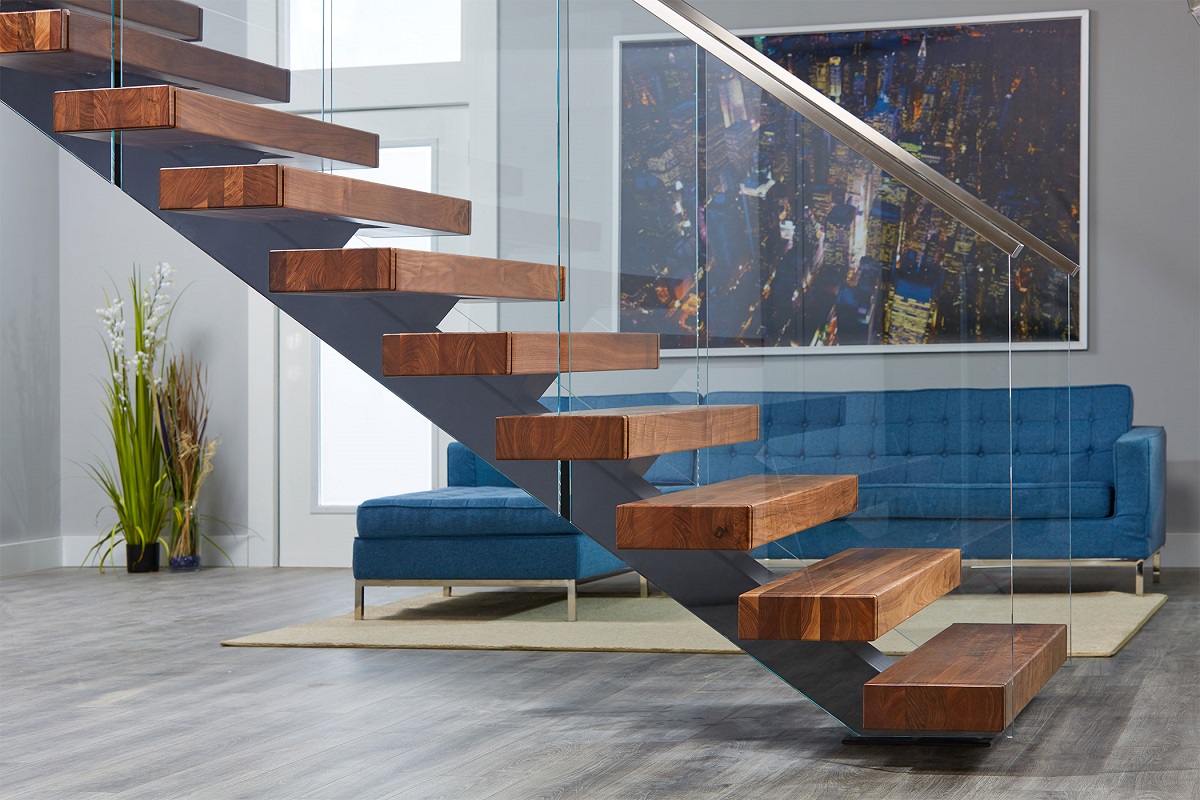

Articles
How To Make Floating Stairs
Modified: December 7, 2023
Learn how to create stunning floating stairs with our detailed articles. Discover step-by-step guides and expert tips for a modern and unique staircase design.
(Many of the links in this article redirect to a specific reviewed product. Your purchase of these products through affiliate links helps to generate commission for Storables.com, at no extra cost. Learn more)
Introduction
Welcome to this comprehensive guide on how to make floating stairs! Floating stairs, also known as cantilevered stairs or invisible stairs, are a stunning architectural element that can add a touch of modern elegance and sophistication to any space. By appearing to float in mid-air without any visible supports, these stairs create a visually striking effect that is both aesthetically pleasing and functional.
Whether you’re a homeowner looking to enhance your interior design or a contractor seeking to create a unique feature for a client, this step-by-step tutorial will provide you with all the information you need to successfully build floating stairs. From gathering the necessary materials and tools to the final finishing touches, we’ll guide you through each stage of the process, ensuring that you achieve outstanding results.
Before we dive into the construction process, it’s important to note that building floating stairs requires a certain level of skill and knowledge. It’s recommended that you have prior experience with carpentry or hire a professional to assist you. Safety is of utmost importance, so be sure to follow all applicable building codes and regulations to ensure the structural integrity of your stairs.
In this guide, we’ll cover everything from measuring and planning to installing stringers, attaching treads, securing handrails, and adding those finishing touches that make your floating stairs truly stand out. With a bit of patience, dedication, and attention to detail, you’ll be able to create a stunning architectural masterpiece that will leave everyone in awe.
So, if you’re ready to embark on this exciting journey of building your own floating stairs, let’s get started with Step 1: Gathering Materials and Tools.
Key Takeaways:
- Building floating stairs requires precision, patience, and attention to detail. From gathering materials to adding finishing touches, this guide provides a comprehensive roadmap for creating stunning architectural masterpieces.
- Safety is paramount when constructing floating stairs. Prior experience in carpentry or professional assistance is recommended. Following building codes and regulations ensures the structural integrity and longevity of the stairs.
Read more: What Are Floating Stairs
Step 1: Gather Materials and Tools
Before you begin building your floating stairs, it’s important to gather all the necessary materials and tools. Having everything you need on hand will make the construction process smoother and more efficient. Here’s a list of the essential items you’ll need:
- Pressure-treated lumber for the stringers
- Hardwood treads
- Wood glue
- Deck screws
- Drill and drill bits
- Jigsaw or circular saw
- Tape measure
- Level
- Pencil
- Safety goggles
- Work gloves
- Protective mask
It’s important to choose high-quality materials to ensure the durability and longevity of your floating stairs. Pressure-treated lumber is recommended for the stringers as it is resistant to rot and deterioration. Hardwood treads are a popular choice for their durability and aesthetic appeal. Make sure to select treads that are specifically designed for floating stairs.
When it comes to tools, a drill will be essential for attaching the treads and handrails. A jigsaw or circular saw will be needed to cut the stringers to the desired length. It’s important to measure accurately, so a tape measure and level are necessary. A pencil will be used for marking measurements and guidelines.
Additionally, safety should be a top priority during the construction process. Wearing safety goggles will protect your eyes from debris, and work gloves will prevent any injuries while handling materials. Using a protective mask is recommended to avoid inhaling sawdust or any harmful particles.
Once you have gathered all the necessary materials and tools, you’re ready to move on to Step 2: Measure and Plan. This step is crucial for ensuring the proper fit and alignment of your floating stairs, so let’s dive in!
Step 2: Measure and Plan
Before you begin the construction of your floating stairs, it’s important to take accurate measurements and carefully plan out the layout. This step is crucial to ensure that your stairs fit perfectly and are structurally sound. Follow these steps for precise measurements and effective planning:
- Start by determining the height of the stairs. Measure the vertical distance from the lower floor to the upper floor where the stairs will end. This measurement will help determine the number of steps and the overall height of each step.
- Next, measure the width of the stair opening. This will determine the width of the treads. Keep in mind that the treads should be wide enough to comfortably accommodate foot traffic.
- Consider the depth of each tread. A standard depth is around 11 inches, but you can adjust this measurement to fit your preferences and available space.
- Determine the angle of the stairs. Ideally, the angle should be between 30 and 40 degrees for optimal comfort and stability.
- Draw a detailed plan of the stairs, including the dimensions and angles. This will serve as a visual guide throughout the construction process.
It’s important to ensure that your measurements are accurate to achieve a seamless and secure connection between the stringers and the treads. Use a level to check the accuracy of your measurements and make any necessary adjustments.
Once you have a precise plan in place, it’s time to move on to Step 3: Install Stringers. This step is pivotal in providing the necessary support for your floating stairs, so let’s get started!
Step 3: Install Stringers
Stringers are an essential component of floating stairs as they provide the structural support for the treads. Installing stringers properly is crucial to ensure the stability and safety of your stairs. Follow these steps to install the stringers:
- Marks the placement of the stringers on the wall or the supporting structure. Measure and mark the starting point and the location of each stringer according to your plan.
- Using a saw, cut the stringers from pressure-treated lumber to the desired length. Take care to ensure that the cuts are precise and clean.
- Position the stringers on the marked locations and secure them to the supporting structure using screws and a drill. Make sure they are level and plumb to maintain balance and stability.
- Attach additional support brackets or blocks to enhance the strength and stability of the stringers. These can be secured with screws.
- Repeat the process for each stringer, ensuring that they are properly aligned and securely attached.
It’s crucial to double-check the alignment and stability of the stringers before proceeding to the next step. A sturdy and well-installed set of stringers is the foundation for the rest of the floating stairs construction process.
Now that you have the stringers securely installed, it’s time to move on to Step 4: Attach Treads. This step will bring your floating stairs to life as you add the steps that will create the illusion of a floating staircase. Let’s continue building!
When building floating stairs, ensure that the structural support is properly installed and that the steps are securely anchored to the wall or support structure to ensure safety and stability.
Step 4: Attach Treads
Attaching the treads is an exciting step in building your floating stairs as it starts to bring the staircase to life. Properly securing the treads will ensure stability and safety for anyone using the stairs. Follow these steps to attach the treads:
- Measure and cut the hardwood treads to the desired length using a saw. Ensure that each tread is cut precisely to fit the width of the stair opening.
- Apply a generous amount of wood glue to the top surface of the stringers where the treads will be placed. This will help create a strong bond.
- Position the treads on top of the stringers, aligning them with the marks you made during the planning phase. Press them firmly into place, ensuring they are level and flush with the stringers.
- Secure the treads to the stringers by driving deck screws through the treads and into the stringers. This will provide additional structural support.
- Repeat the process for each tread, ensuring they are evenly spaced and securely attached.
It’s important to take your time during this step to ensure that each tread is aligned correctly and securely fastened. Using a level for each tread will help maintain a consistent and level staircase. Take pride in the precision of your work, as it will be evident in the final product.
Once all the treads are securely attached, your floating stairs will start to take shape. In the next step, we will focus on adding handrails to provide safety and functionality. Let’s continue onward to Step 5: Secure Handrails.
Read more: How Much Do Floating Stairs Cost
Step 5: Secure Handrails
Handrails are an essential component of any staircase, providing support and safety for those using the stairs. In this step, we will guide you on how to securely attach handrails to your floating stairs. Follow these steps:
- Measure and cut the handrail components to the desired length. This includes the top rail, bottom rail, and any additional support pieces.
- Position the handrail components on the side of the staircase and mark their placements on the stringers.
- Using a drill and appropriate screws or brackets, attach the handrail components to the stringers. Ensure they are level and sturdy.
- If necessary, attach additional support brackets or blocks to reinforce the handrails’ stability.
- Once the handrails are securely attached, give them a thorough inspection. Check for any wobbling or instability and make any necessary adjustments.
When attaching handrails, it’s important to consider building codes and regulations that may govern the height and spacing requirements. These regulations are in place to ensure the safety and accessibility of the stairs for all users.
Remember to choose handrail materials that complement the overall design of your floating stairs. Wood, metal, or glass can all be used to create a stylish and functional handrail that enhances the aesthetic appeal of your staircase.
With the handrails in place, your floating stairs are nearly complete. In the next step, we will focus on adding the finishing touches that will elevate the visual appeal of your staircase. Let’s move on to Step 6: Finishing Touches.
Step 6: Finishing Touches
As you near the completion of your floating stairs, it’s time to add those final details that will bring your staircase to life. The finishing touches will not only enhance the aesthetic appeal but also ensure the longevity and durability of the stairs. Follow these steps to perfect your floating stairs:
- Sand the treads and handrails to create a smooth and refined surface. This will remove any rough edges or imperfections.
- Apply a protective finish to the treads and handrails to protect them against wear and tear. Choose a finish that is suitable for the type of wood used and that aligns with your desired aesthetic.
- Install non-slip tread mats or strips on the treads to improve traction and prevent slips and falls.
- Inspect the entire staircase for any loose components or screws. Tighten any loose screws and make any necessary fixes to ensure the structural integrity of the stairs.
- Give the staircase a thorough cleaning and remove any dust or debris that may have accumulated during the construction process.
- Finally, step back and admire your completed floating stairs. Take pride in your accomplishment and enjoy the beauty and functionality they bring to your space.
Adding these finishing touches will not only improve the aesthetic appeal but also contribute to the overall safety and longevity of your floating stairs. By maintaining the staircase regularly, you can ensure that it remains in top condition for years to come.
Congratulations! You have successfully built your own floating stairs. Your hard work and attention to detail have resulted in a stunning architectural feature that will undoubtedly impress anyone who lays eyes on it.
As a final note, it’s important to remember to use caution when using the stairs and to follow all safety guidelines. Ensure that the stairs are well-lit and free from any obstacles to provide a safe passage for users.
We hope this comprehensive guide has been helpful in guiding you through the process of building your floating stairs. Enjoy the beauty and functionality of your new staircase!
Conclusion
Building floating stairs is a challenging yet rewarding endeavor that can transform your space into a visually stunning masterpiece. By following the steps outlined in this guide, you have learned how to create a set of floating stairs that not only showcase your craftsmanship but also provide a functional and safe means of traversing between different levels of your home or building.
Throughout this comprehensive guide, we started by gathering the necessary materials and tools, measuring and planning the layout of the stairs, installing the stringers for support, attaching the treads for stability, securing the handrails for safety, and adding the finishing touches to enhance the overall appearance and durability of the staircase.
It’s important to note that building floating stairs requires a certain level of skill and knowledge. If you’re unsure or unfamiliar with carpentry work, it’s recommended to consult or hire a professional for assistance. Safety should always be a priority, so make sure to adhere to all applicable building codes and regulations.
By meticulously following each step and paying attention to detail, you can create a set of floating stairs that will leave a lasting impression on anyone who sees them. The modern elegance and architectural beauty of your newly constructed stairs will become a focal point in your space, adding a touch of sophistication and uniqueness.
Remember to regularly maintain and inspect your floating stairs to ensure they remain in top condition. By doing so, you can enjoy their beauty and functionality for years to come.
We hope that this guide has provided you with the necessary knowledge and inspiration to embark on your journey of building floating stairs. Whether you’re a homeowner looking to enhance your living space or a contractor seeking to create a standout feature for a client, the steps outlined in this guide will help you achieve outstanding results.
So roll up your sleeves, gather your materials and tools, and get ready to embark on this exciting and fulfilling project. The end result will be a set of floating stairs that not only defy gravity but also elevate the style and ambiance of your space.
Happy building!
Frequently Asked Questions about How To Make Floating Stairs
Was this page helpful?
At Storables.com, we guarantee accurate and reliable information. Our content, validated by Expert Board Contributors, is crafted following stringent Editorial Policies. We're committed to providing you with well-researched, expert-backed insights for all your informational needs.
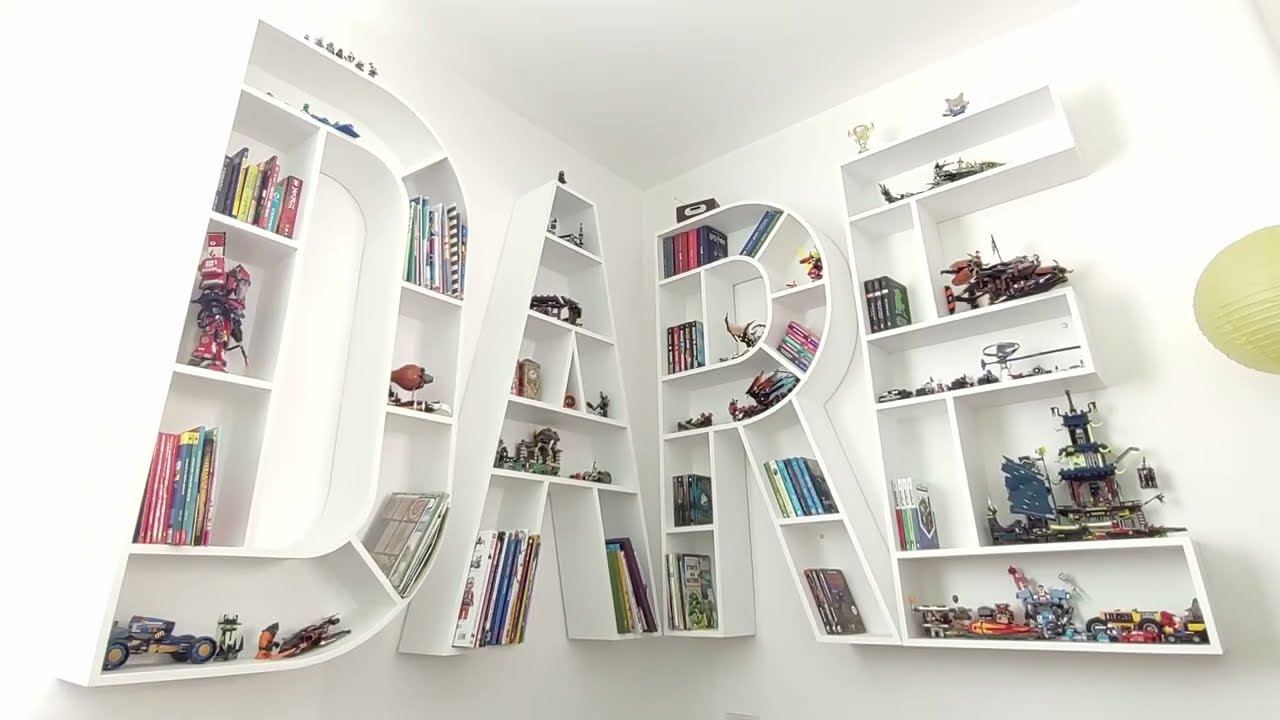
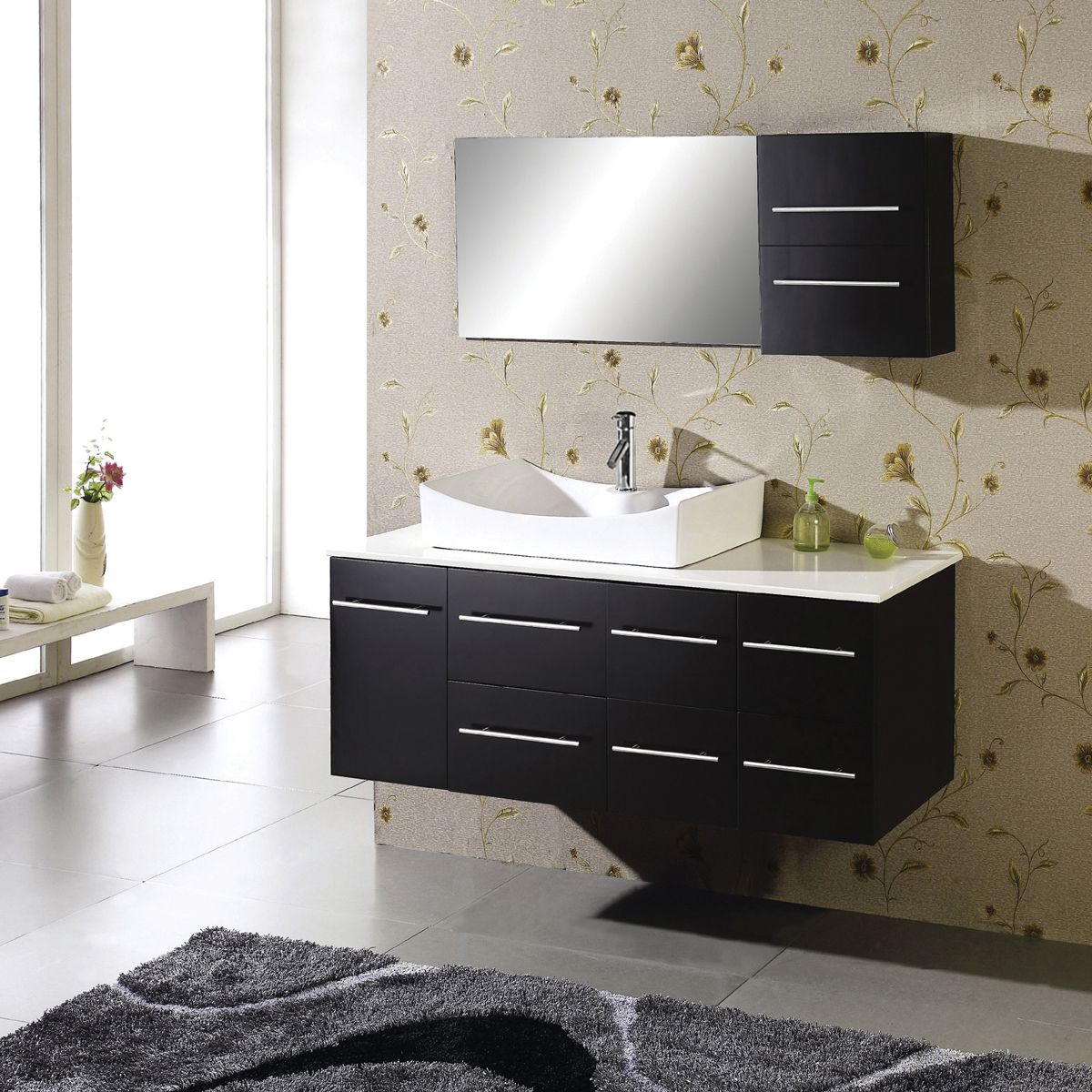
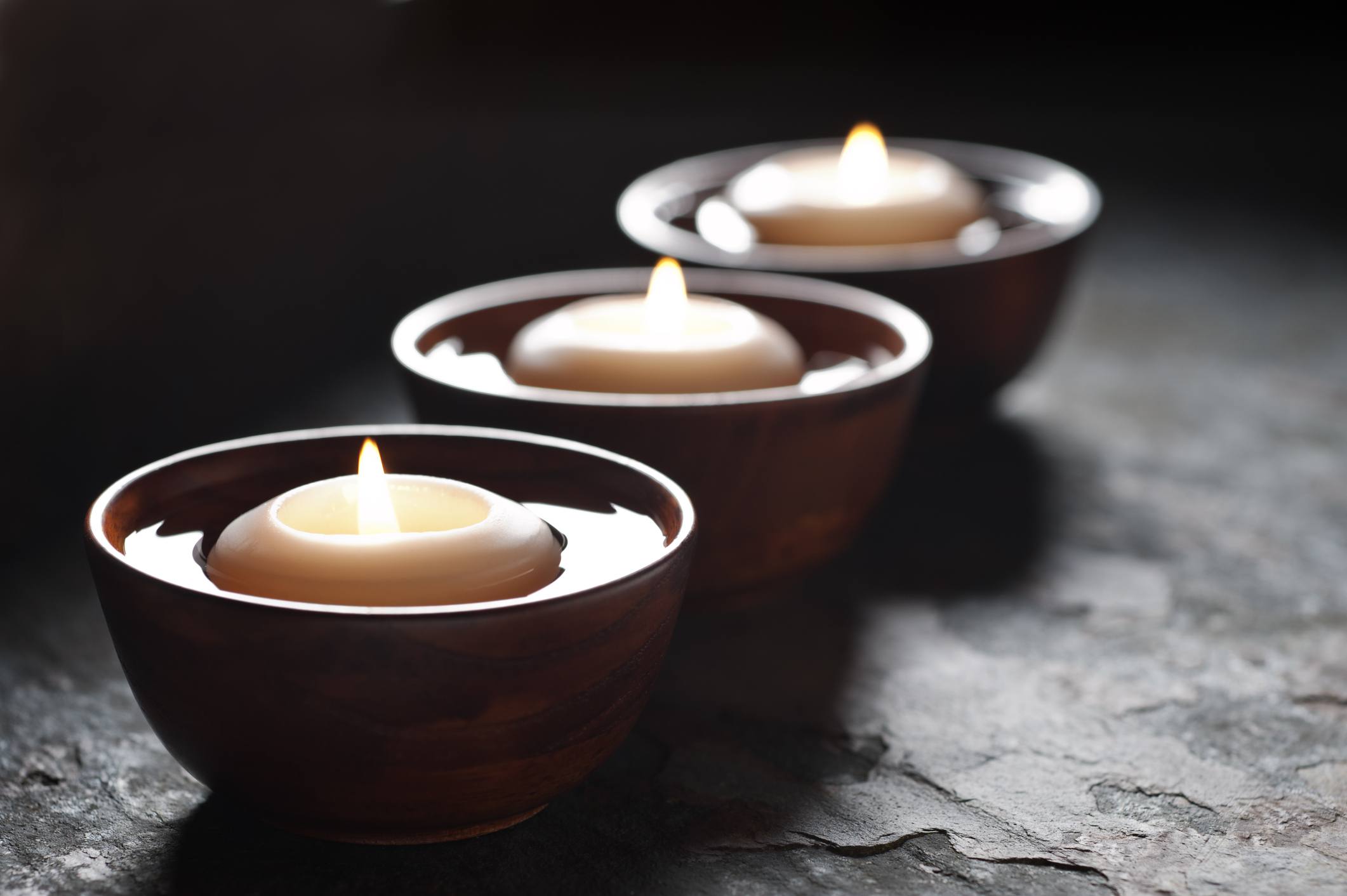
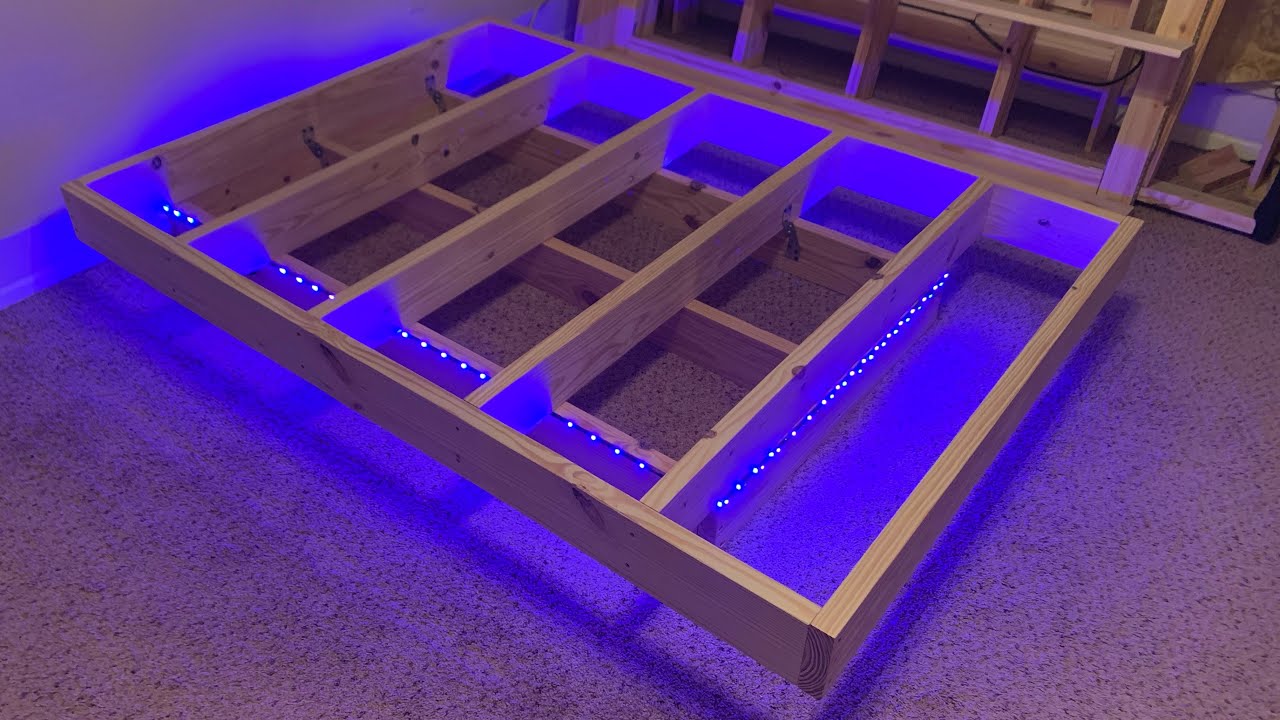
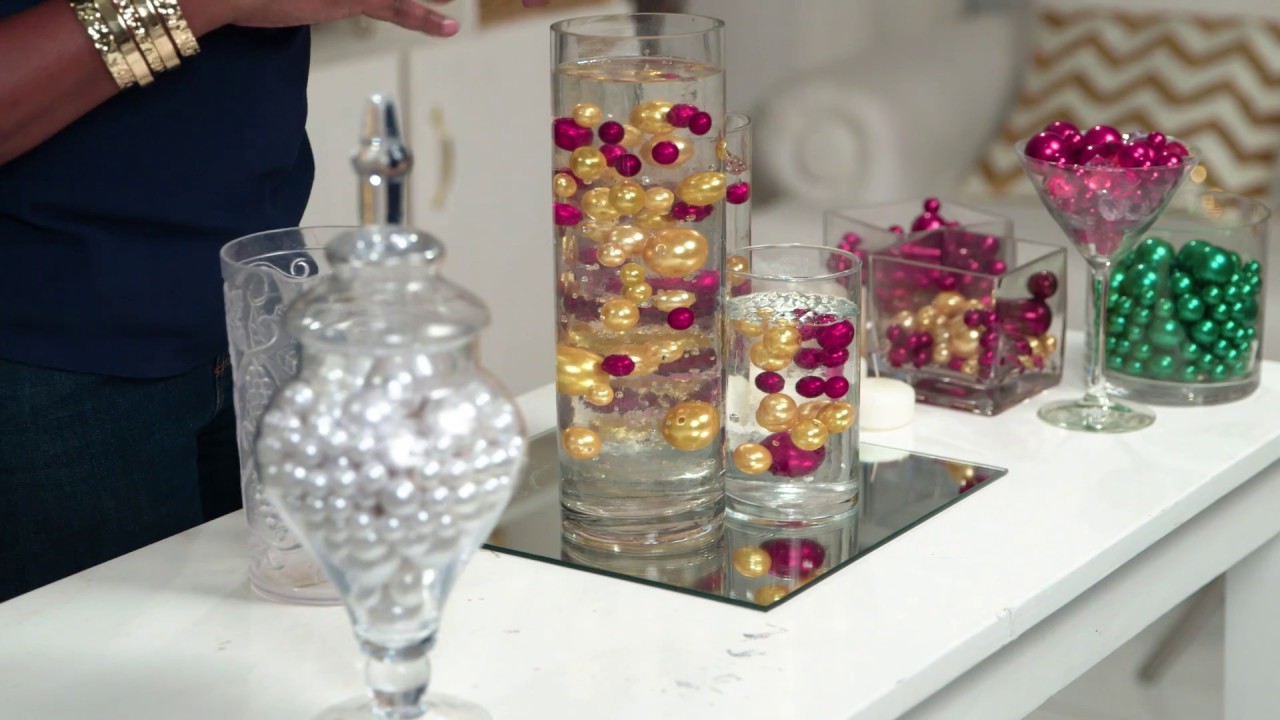
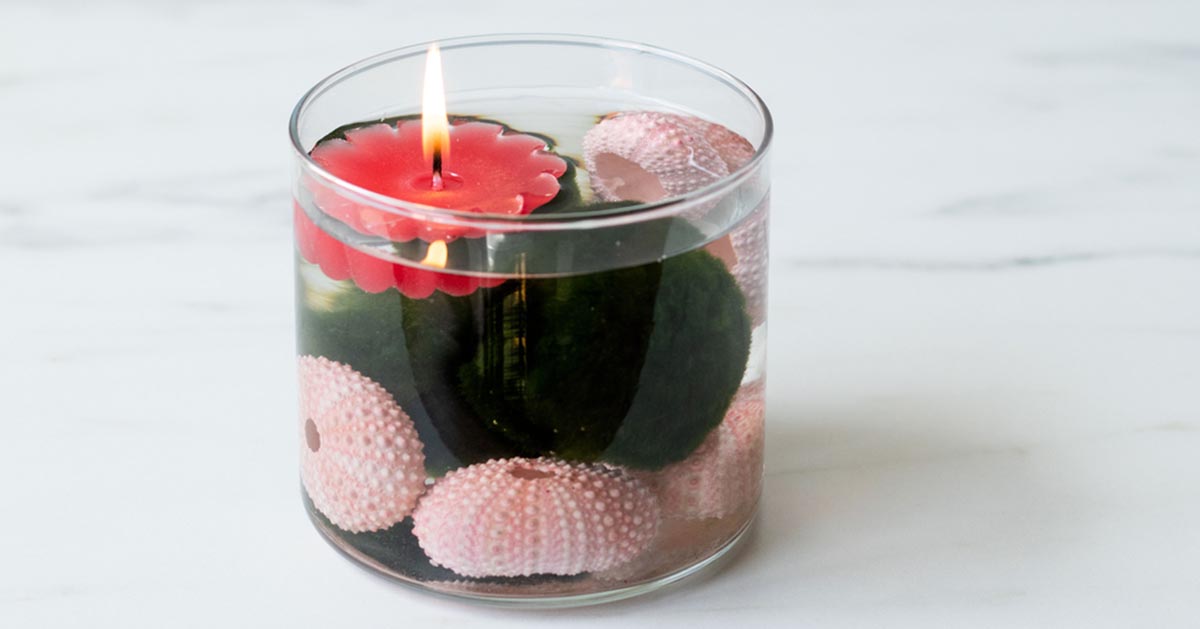
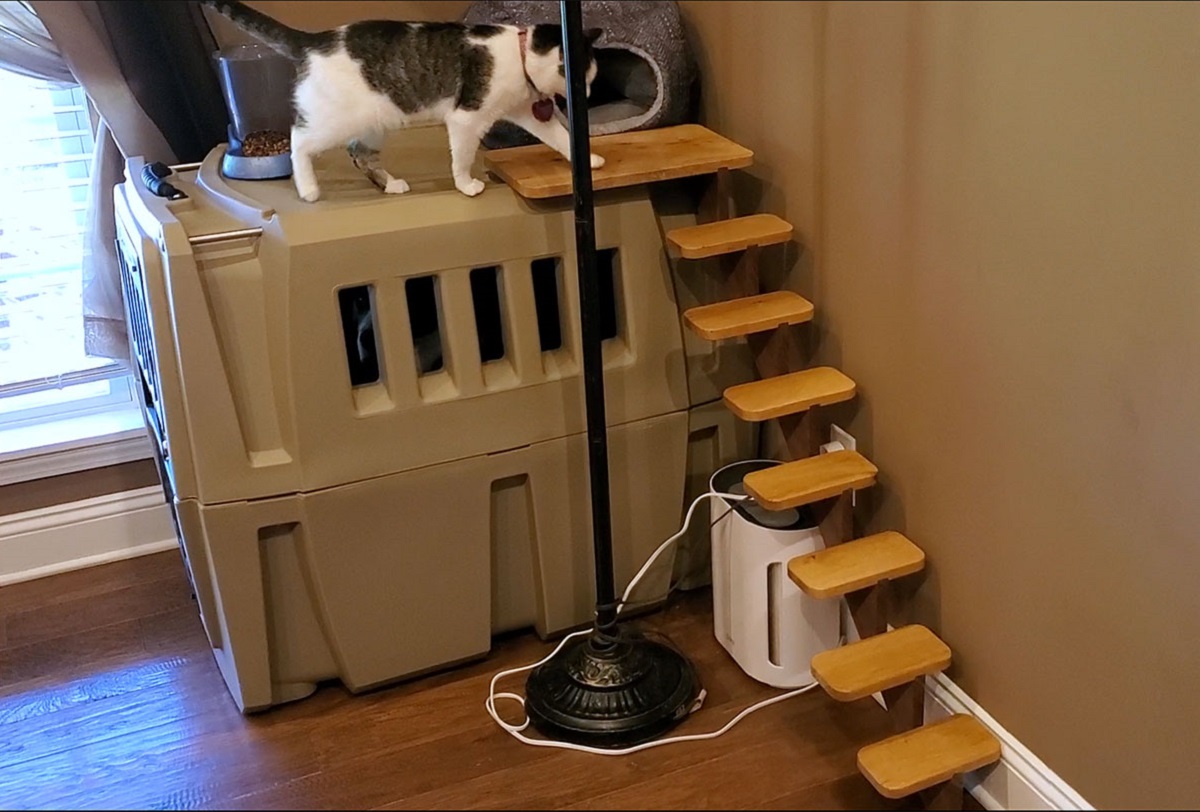
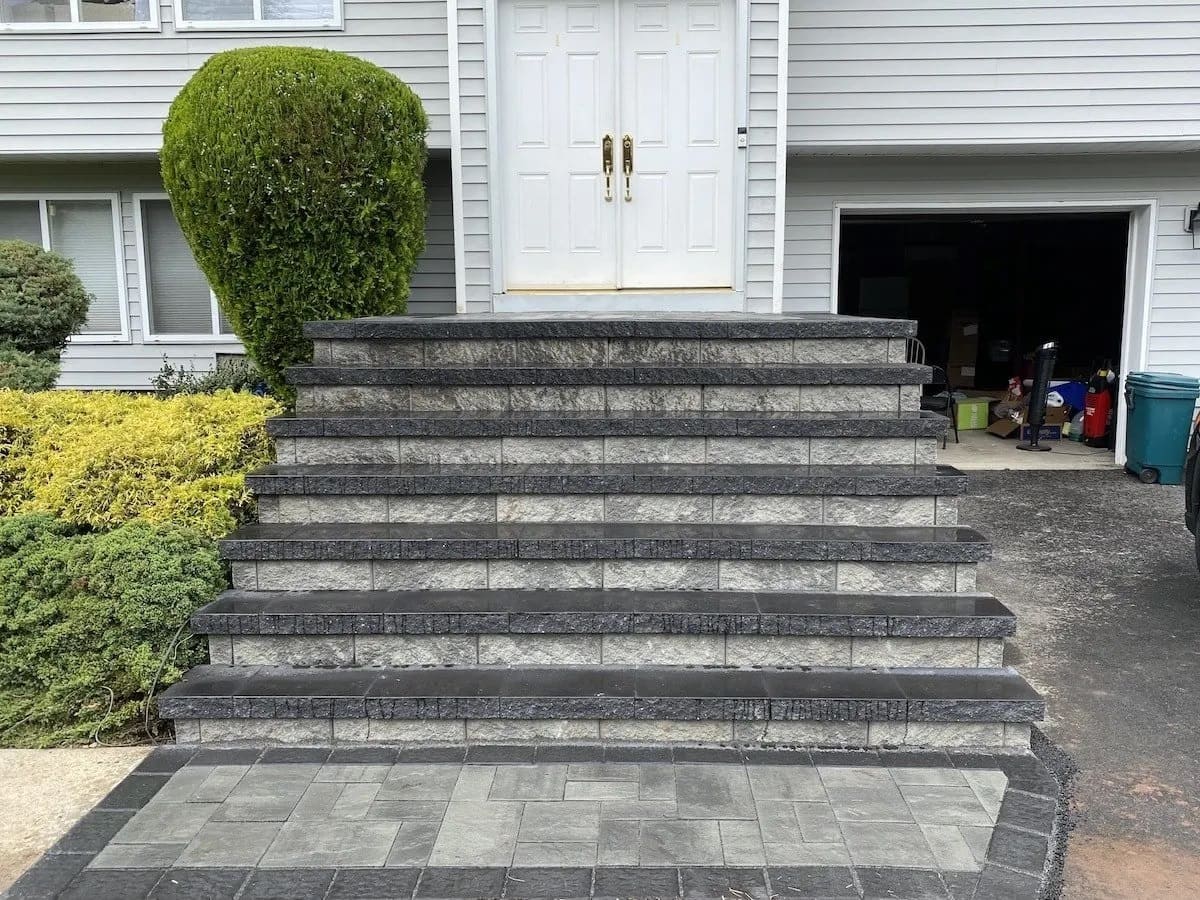
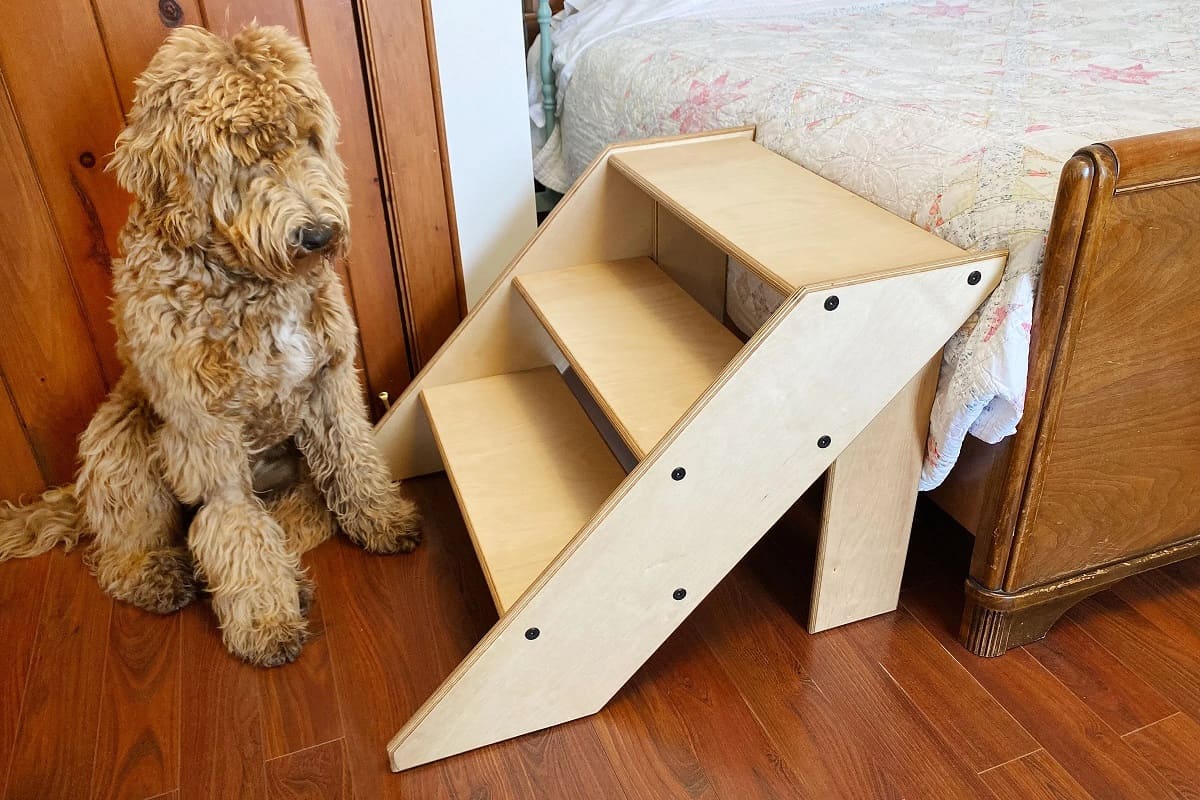
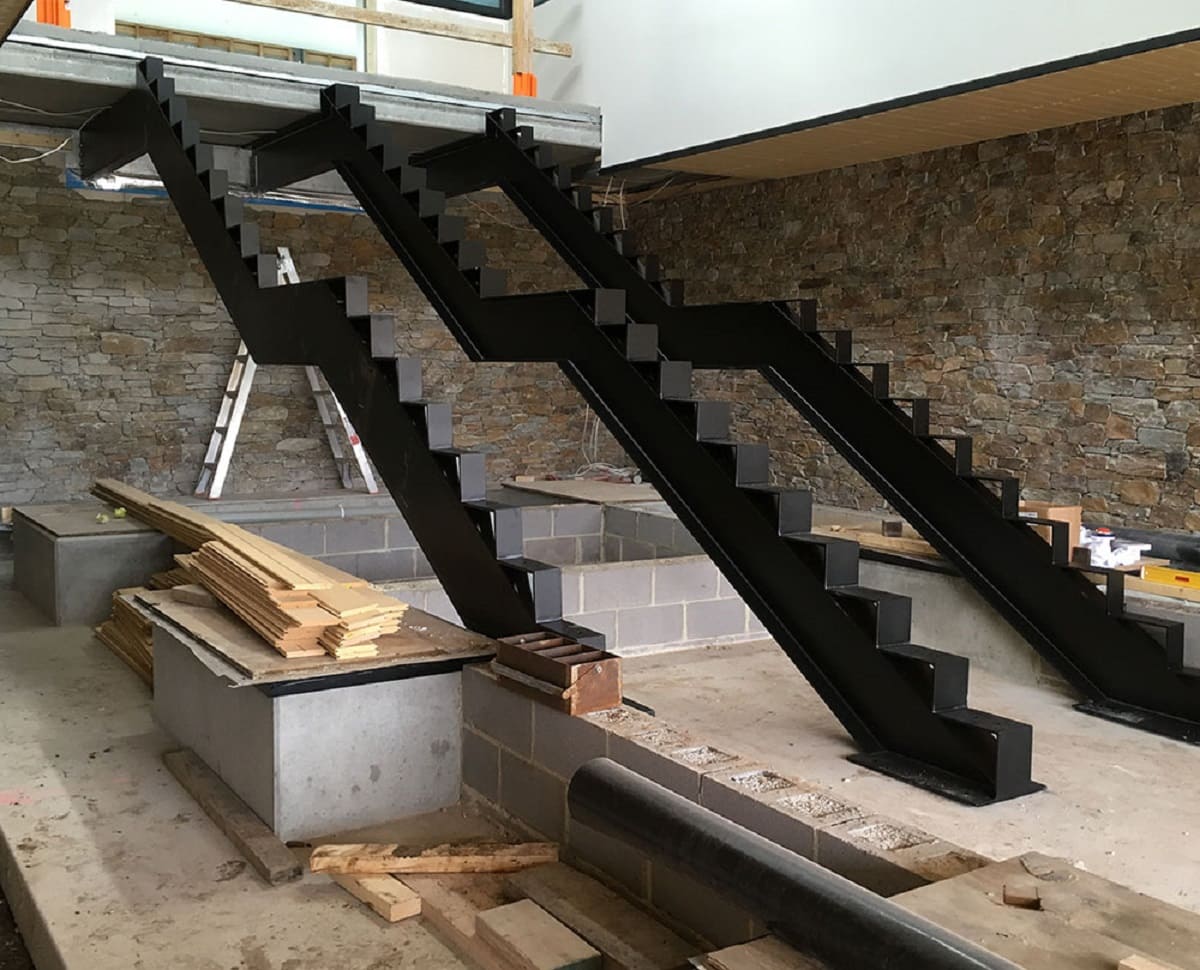
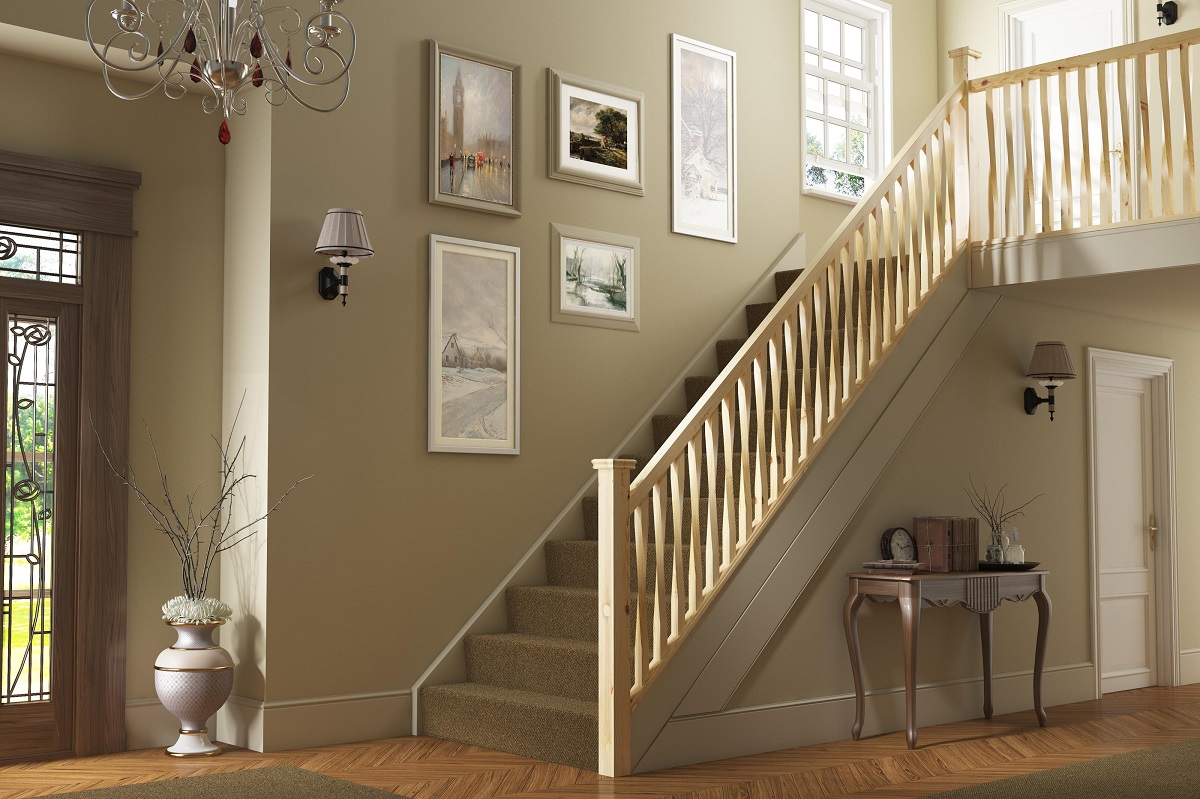
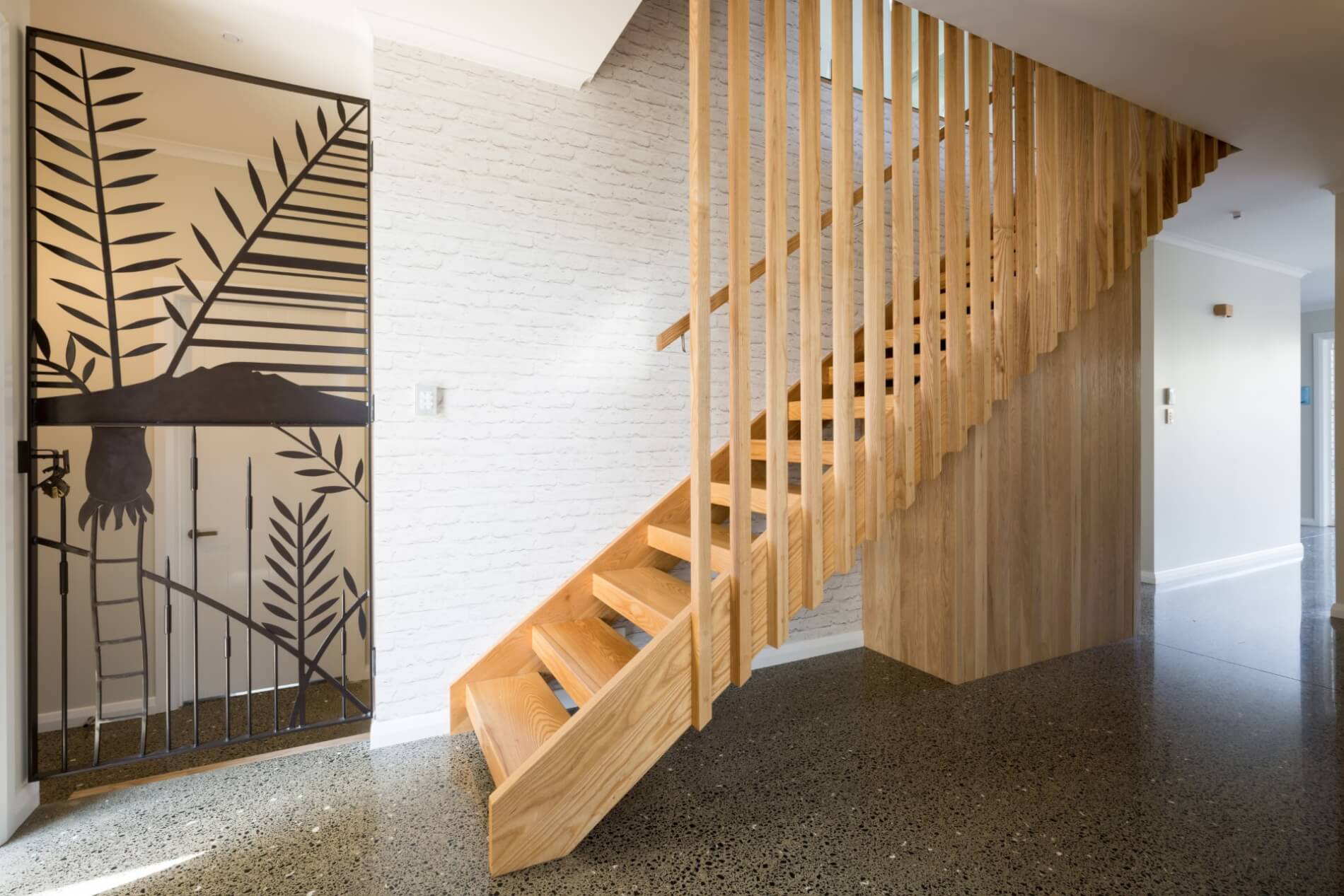
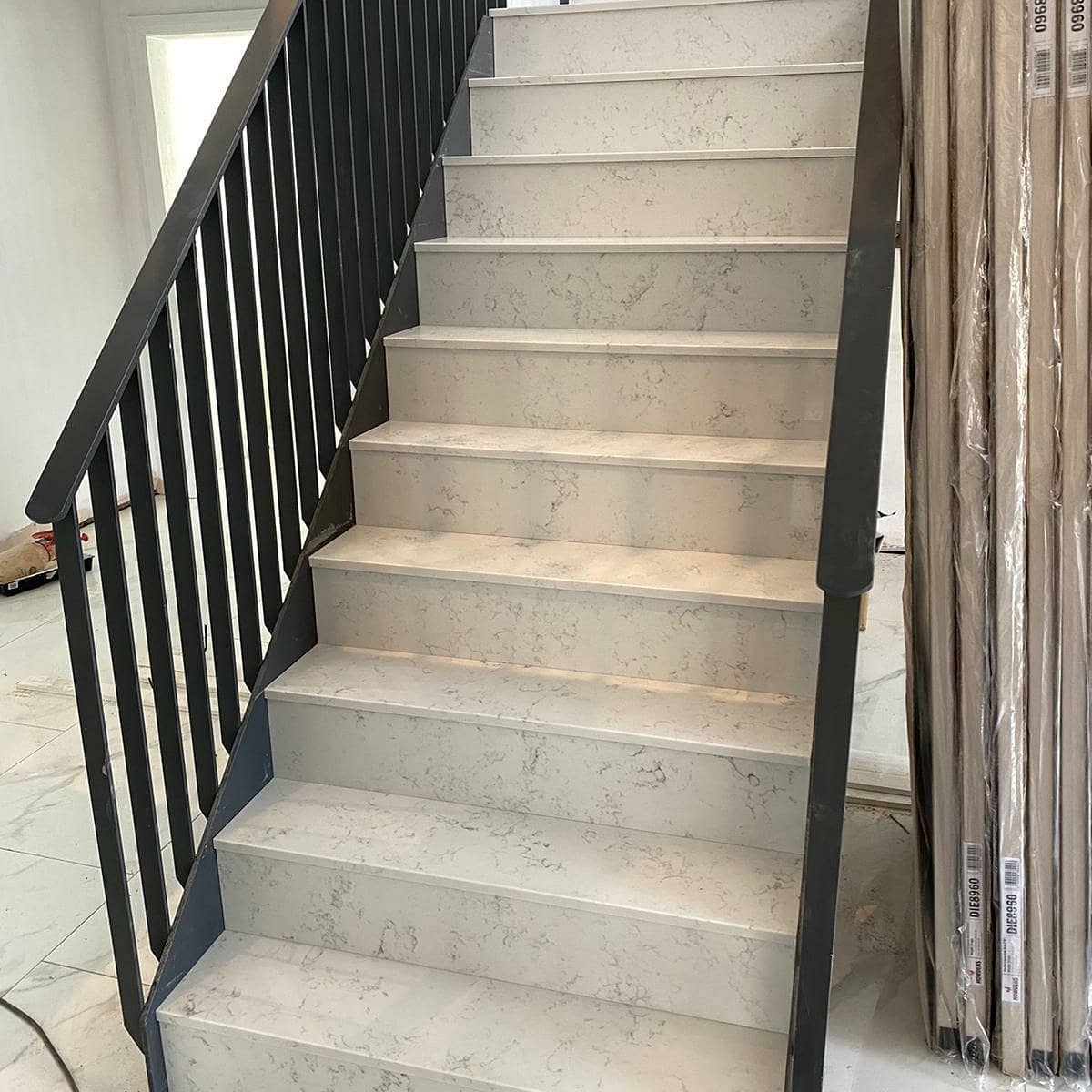
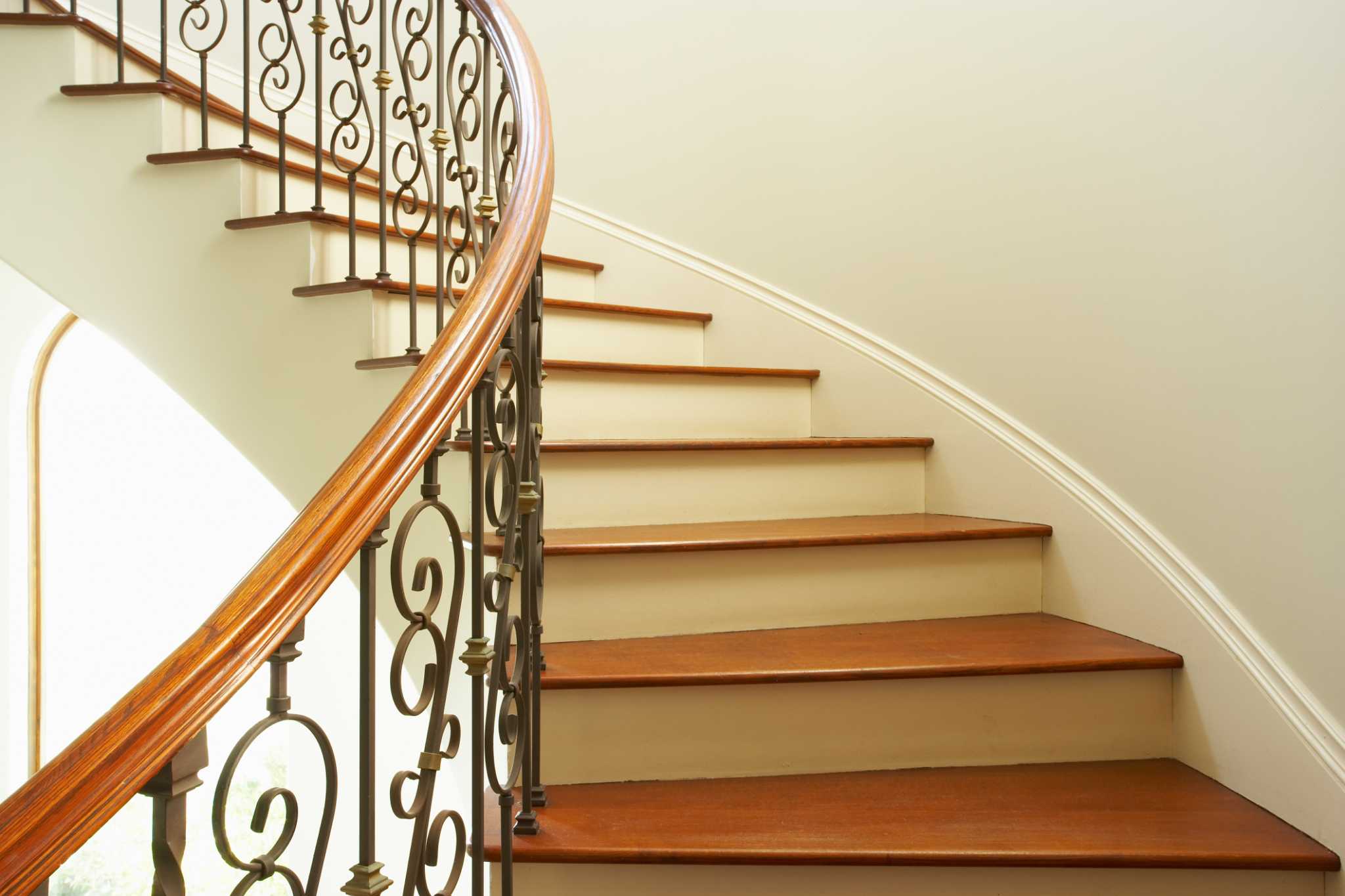

0 thoughts on “How To Make Floating Stairs”